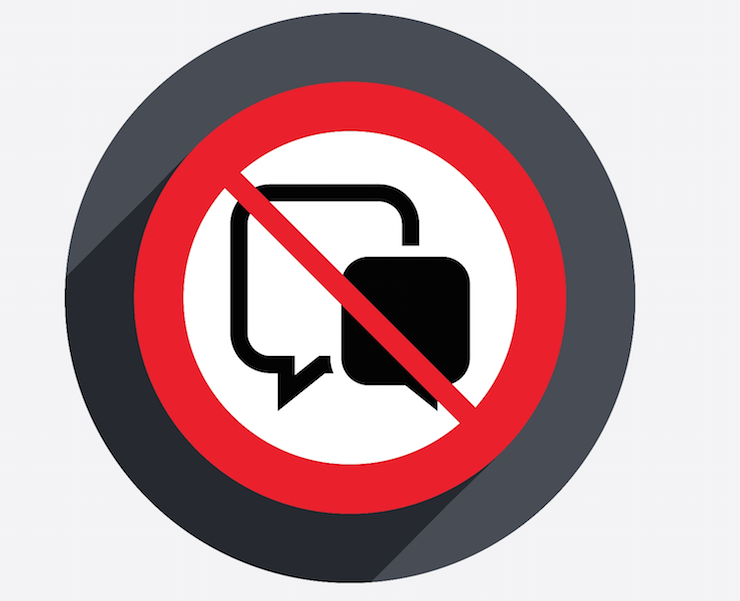
Bring-Your-Own-Device is quickly becoming one of the biggest, and most controversial, new industries in business networking. The boom of employees bringing their personal devices to work is undeniable, and many businesses were eager early adopters.
However, over the last couple years, new problems have arisen. As a new approach, early adopters are also discovering the problems which weren't immediately apparent.
This doesn't mean BYOD isn't right for your business, but it does mean thoughtful planning and implementation of BYOD security policies are necessary. The companies that seem to be having the most problems are, largely, those who seem to do the least pre-planning.

Head Off BYOD Problems With Planning And Communication
1 – Have a policy. Any policy.
Right now, many companies seem to be imitating the action of the ostrich. Which is to say, sticking their heads in the ground. Many companies, especially smaller firms, seem to have a hands-off attitude. If employees are using their personal devices, they don't care as long as it doesn't cause trouble.
Well, the thing is, it will cause trouble one day. A company right now really can't afford to be “on the fence”. Either you need to ban it, or you need policies in place governing its usage – especially as new regulations regarding mobile data handling continue to be passed.
Otherwise, it's a data disaster waiting to happen.
2 – Do extensive usage pre-planning.
BYOD presents significant issues for companies that prefer top-down organization and rulemaking. A policy that solely benefits the company is unlikely to be successful among the workers, and may even cause extra strife. (See below.)
A good Bring-Your-Own-Device policy should be created with plenty of employee input on their own usage, and how they could foresee their devices being used in the future. Use these surveys to guide your decision-making, especially in terms of what applications to invest in.
Whether BYOD pays off or not will largely depend on fashioning a policy that inconveniences your workers as little as possible, while still maintaining corporate interests. The more you include real-world input on how the system will be used, the easier this becomes.
3 – Privacy concerns are a problem.
The biggest stumbling point is that it creates tension over who “controls” a device. Furthermore, there's really no legal -or even ethical- guidance in these areas. The question of how much control a company can assert over a device they don't own is pretty much open.
There are already horror stories circulating of particularly draconian policies. Employees have been fired for  losing a private phone, even one with no data on it. Companies have tried to implement whitelists of pre-approved apps, while requiring all others be deleted. Others enforce Mobile Device Management systems that push software updates whether the user wants them or not.
losing a private phone, even one with no data on it. Companies have tried to implement whitelists of pre-approved apps, while requiring all others be deleted. Others enforce Mobile Device Management systems that push software updates whether the user wants them or not.
There is no 'magic bullet' solution here, and any policy crafted will necessarily be a compromise, if it is to succeed. By and large, you should look to put as few restrictions as possibleon personal devices, so that you don't interfere with their private usage. Otherwise, employees won't want to participate.
4 – Keep Tracking Usage
Consider your initial policies a rough draft, and be willing to revise them a few months down the line, as more data usage comes in. Likewise, keep in touch with your employees and keep doing those surveys on their own self-reported usage.
Refining your policies based on real-world results will inevitably create a better environment for both the business and the workers. Rules that prove to be unenforceable or inapplicable to your own employees' usage should be revised before they create needless trouble or drama.
If you know that this new revolution can benefit your office, Hummingbird has the expertise to help. Contact us today for a free consultation on your BYOD policies!











